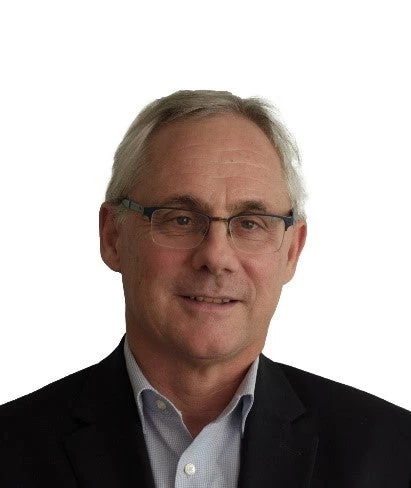
Sub-Saharan Africa has experienced a boom in mobile phone users over the past decade. The total number of cell phone subscriptions on the continent increased from just over 11 million in 2000 to 463 million in 2011 and is expected to grow even further. This technology not only affects day-to-day life and communication, but has the potential to boost economic development directly and indirectly.
In creating jobs, for instance, mobile phone technology has contributed towards the reduction of poverty. But more important are its indirect effects on the economy such as the increased connectivity of firms and micro-enterprises which increases their access to information and facilitates the movement of money through mobile transfers. This contributes to increased productivity and encourages diversification into new activities which are all good for an economy.
The following statistics document that Tanzania has seen an impressive increase in mobile phone use over the last few years:
- In 2011, Tanzania had 56 mobile phone subscriptions per 100 inhabitants. This is an almost threefold increase within four years.
- Mobile phone access in Tanzania lags behind Senegal (73 subscriptions per 100 people) and Kenya (65), but is higher than in Mozambique (33) and Malawi (25), and just above the sub-Saharan Africa average (53).
- Other developing regions still have higher mobile phone penetration, with 69 and 80 subscriptions per 100 people in South Asia and East Asia, respectively, but the rapid growth in Tanzania suggests that it may soon catch up.
What is even more encouraging is that mobile phones are no longer confined to urban areas, but have helped remote or forgotten rural areas by providing them with virtual connectivity. Yet more still needs to be done to reduce inequality, for instance by reducing cost especially for the poorest:
- In 2010 more than one third of rural households owned a cell phone, up from a mere 17 percent in 2007.
- This brought first-time connectivity to more than 5 million individuals including at least 2 million poor.
- Yet in 2010 only 3 percent of the poorest quintile owned a phone compared to 96 percent in the richest quintile.
- Indeed, for a poor family, getting a mobile phone involves financial sacrifices. Handsets are expensive and airtime and transaction cost are about 10-15 percent higher in Tanzania than in Kenya, even if they are lower than in Uganda. In fact, in 2010-11, average household spending on communication was higher than on health care.
The good news is that with about half of subscribers using their phone to send or receive money, Tanzanians have been among the fastest users of mobile money services in the world, just behind Kenya. In agriculture, a growing number of agricultural information service providers offer technical advice and market information to farmers through bulk sms, call centers or specialized apps. In the health sector, mobile phones have opened up opportunities for remote diagnosis so that health workers in remote facilities are supported to treat their patients by medical experts further away via telephone. This can potentially improve service delivery in light of the understaffing in rural health centers.
While this virtual connectivity opens new possibilities, it will need to be accompanied by further policy efforts since access to information or money by themselves are not enough to transform lives. Farmers cannot easily exploit price differences between markets if rural roads are in poor condition and transportation costs remain prohibitive. Whether the poor can take advantage of mobile phone based services also depends on the education system, which needs to provide students with adequate literacy and life skills. Even remote diagnosis can only succeed in improving rural health outcomes if primary facilities are stocked with essential drugs and medical equipment, and if patients have access to referral facilities for cases that require higher-level care or face-to-face medical consultations.
- Do you believe that access to mobile phones is changing or will change the lives of Tanzanians, including the poorest?
- Are mobile phones reducing or exacerbating inequality in Tanzania?
- How can mobile phones best help Tanzanians to work more productively? Through information exchanges? Money transfers?
- How can the mobile revolution be harnessed to improve service delivery in education, health or water supply?
- Should the Government subsidize poor households to access mobile phones or rather help them get better education and health?
Note: The statistics above are based on the World Development Indicators (WDI), 2007 and 2010 Demographic and Health Surveys (DHS), and the 2010-2011 National Panel Survey. These sources are publicly available.




Join the Conversation